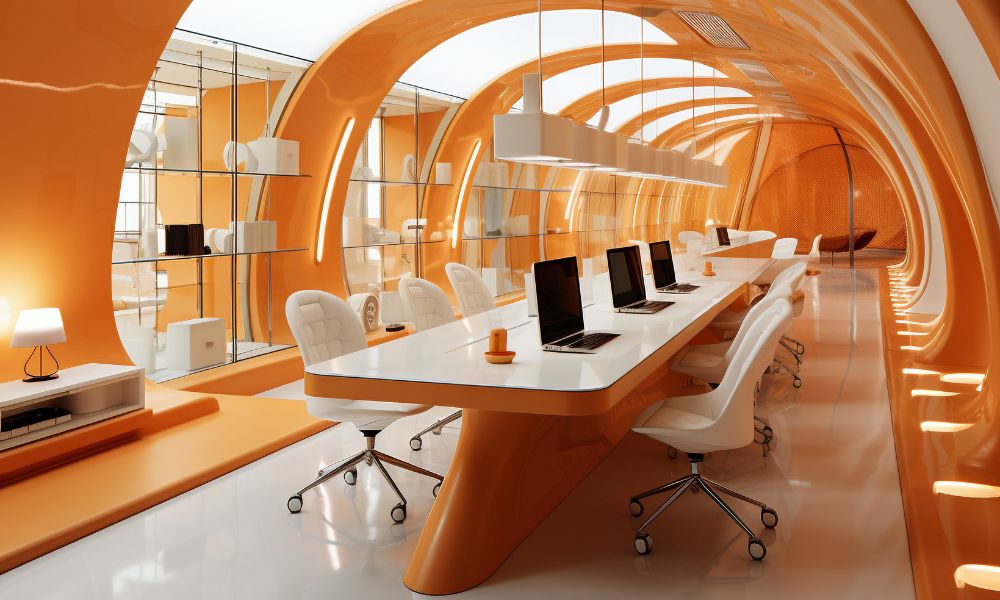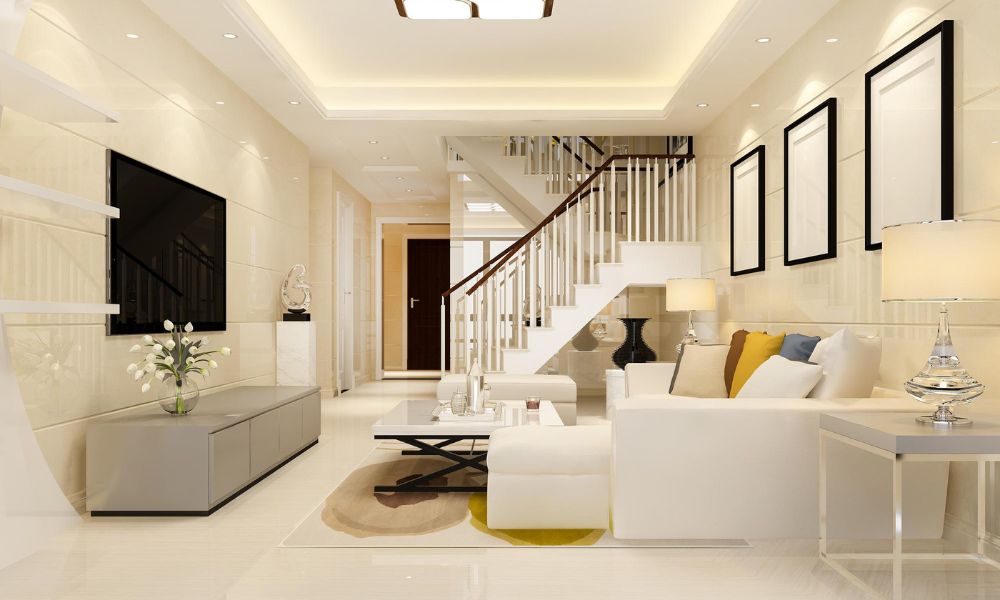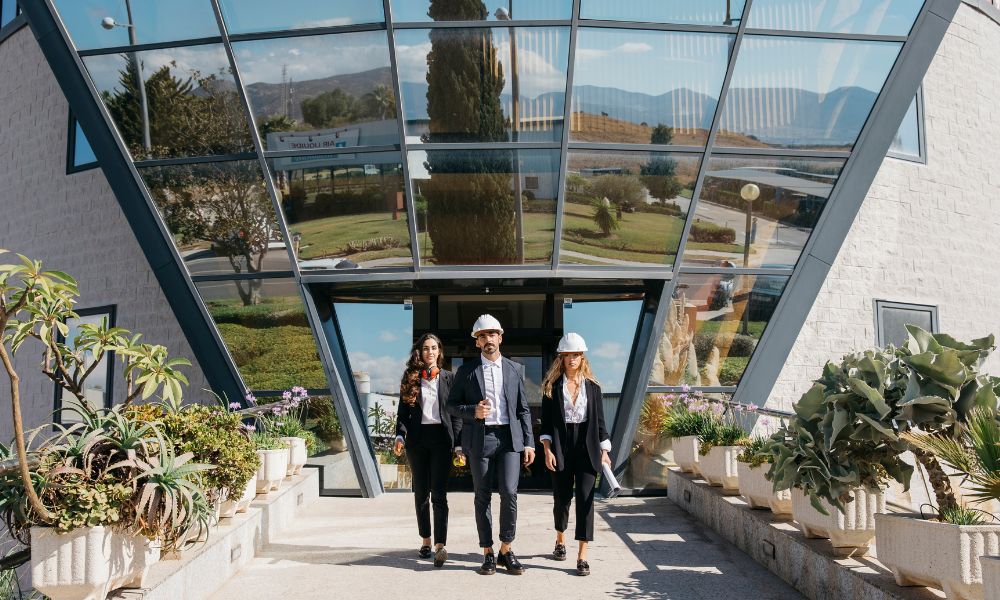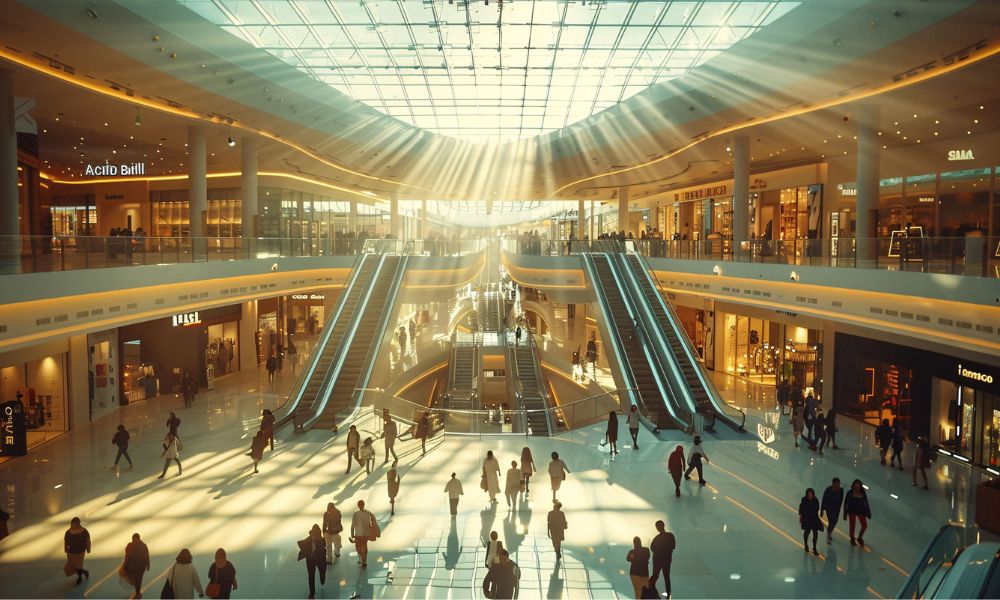Discover how sustainable building design creates balance, wellness, and resilience. Learn strategies to harmonize architecture with healthy living.
In today’s fast-paced world, architecture must do more than provide shelter. Buildings influence the way we feel, function, and connect with our surroundings. This is why sustainable building design has become more than a trend—it’s a necessity. By combining innovation with responsibility, sustainable design creates structures that balance life and wellness while protecting the planet.
Whether you are planning a new home, workplace, or community space, sustainable building design offers solutions that inspire healthier lifestyles and foster long-term resilience.
What Is Sustainable Building Design?
At its core, sustainable building design is about creating spaces that minimize environmental impact while enhancing human well-being. This design approach integrates:
- Energy efficiency – reducing reliance on fossil fuels.
- Eco-friendly materials – using renewable, recycled, or low-impact resources.
- Water conservation – incorporating smart plumbing and harvesting systems.
- Healthy indoor environments – maximizing natural light, ventilation, and non-toxic finishes.
In essence, sustainability aligns architecture with the rhythms of nature and the needs of people.
Why Sustainable Building Design Matters for Wellness
Buildings aren’t just backdrops to our lives—they actively shape our experiences. Poorly designed spaces can drain energy, cause stress, and even harm health. Conversely, thoughtful sustainable building design can:
- Improve air quality through better ventilation.
- Reduce stress by integrating natural elements like greenery and daylight.
- Support mental health with calming, harmonious spaces.
- Encourage physical activity with layouts that promote movement.
A sustainable building doesn’t just serve the environment—it serves the people inside it.
Core Principles of Sustainable Building Design
1. Human-Centered Spaces
The first principle is designing for people. From ergonomic layouts to nature-inspired interiors, sustainable building design ensures that every element enhances comfort and well-being.
2. Energy and Resource Efficiency
Sustainable design prioritizes energy conservation through smart insulation, solar panels, and advanced building systems. It also reduces water consumption with low-flow fixtures and greywater recycling.
3. Connection with Nature
Biophilic design—bringing nature indoors—is at the heart of sustainable building design. Natural light, living walls, and green rooftops reduce stress while increasing productivity and happiness.
4. Long-Term Resilience
Sustainability is about future-proofing. Durable materials and flexible layouts make buildings adaptable to changing needs without frequent renovations.
Practical Applications of Sustainable Building Design
How can these principles work in real life? Let’s explore:
- Residential spaces: Homes designed with passive cooling, energy-efficient lighting, and solar energy reduce costs while improving quality of life.
- Commercial spaces: Offices with abundant daylight, indoor plants, and ergonomic layouts boost employee productivity and satisfaction.
- Community buildings: Schools and healthcare facilities designed sustainably create healthier, safer environments for learning and healing.
Each of these applications proves that sustainable building design goes hand-in-hand with human wellness.
Inspiration from Industry Leaders
For those seeking deeper insight, innovative sustainable design and construction examples show how global firms are pushing boundaries. From material innovation to net-zero energy strategies, these projects demonstrate how buildings can simultaneously serve people and the planet.
A Subtle Brand Perspective
At openarchitectstudio.com, design is more than structure—it’s about creating harmony between architecture, people, and the environment. With expertise in sustainable building design, the studio delivers solutions that balance wellness with innovation, helping clients create spaces that truly enhance life.
Benefits of Sustainable Building Design
Embracing sustainability brings measurable results:
- Healthier environments: Reduced toxins and better air quality.
- Lower operational costs: Energy savings and efficient resource use.
- Higher property value: Sustainable buildings attract buyers and investors.
- Community well-being: Greener spaces foster stronger social connections.
- Environmental impact: Significant reduction in carbon footprint.
The holistic benefits prove that sustainable building design is not just good practice—it’s smart business and a moral responsibility.
Future Trends in Sustainable Building Design
Looking ahead, sustainable architecture will continue to evolve. Expect to see:
- Net-zero and carbon-positive buildings becoming the standard.
- Smart technologies integrating with sustainable systems.
- Circular design approaches that prioritize reusability and minimal waste.
- Wellness certifications guiding healthier environments.
- Urban green spaces reshaping city landscapes.
These innovations highlight how sustainable building design will continue to redefine modern living.
Architecture is not only about walls and roofs—it’s about the people who live, work, and thrive inside them. By embracing sustainable building design, we create spaces that balance life and wellness while safeguarding the future of our planet.
Sustainability is no longer optional—it’s the foundation of meaningful design. If you’re ready to bring wellness, balance, and resilience into your next project, now is the time to act.




